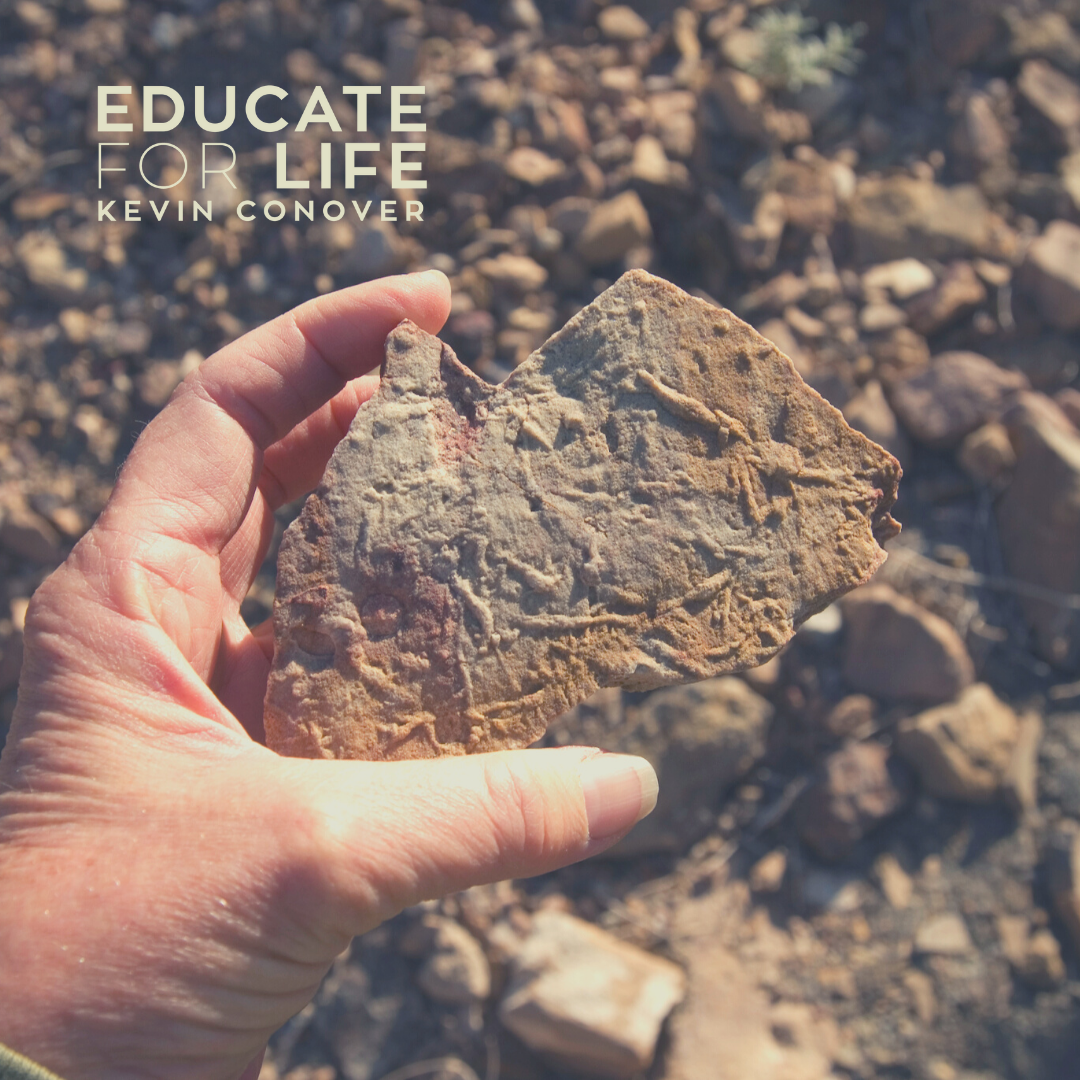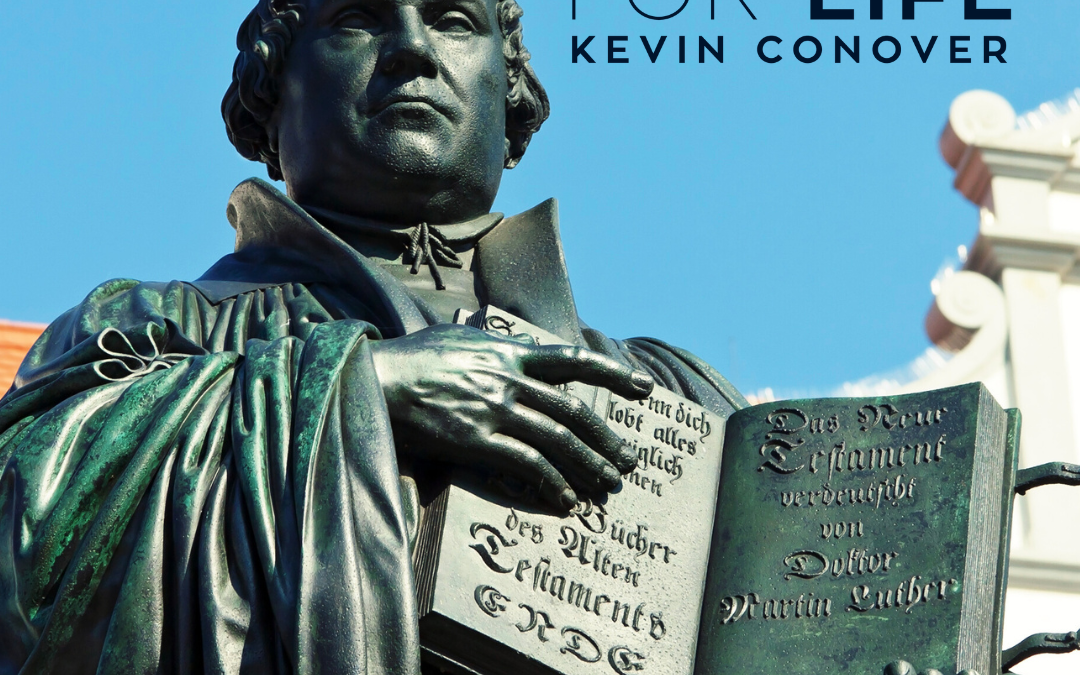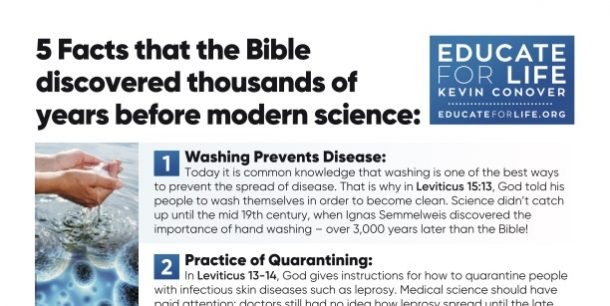How does a fossil form?
A fossil is preserved remains, or impression of a once-living organism that turns into rock and it takes very special conditions to make a fossil. What happens to a dead animal? Scavengers eat it, and bugs/bacteria cause it to rot and decay, eventually leaving no remains behind. These special fossil forming conditions include fast coverage by sediments, so scavengers and bacteria don’t eat it. Deep coverage by sediment is also required, so no oxygen is present to start decay. In addition, lots of water must be present, so the minerals can seep into the bone and turn it into stone. Finally, you need lots of minerals in the sediment for cell replacement.
What event in history had fast, deep coverage with lots of mineral filled water? The Flood of Noah’s time. Fossils remind us of God’s judgment and God’s mercy. In God’s judgment, He destroyed an increasingly evil and sin-filled world with a worldwide flood. In God’s mercy, He saved Noah, a righteous man, and his family on the Ark. Every time a dinosaur bone is dug up, it should remind us of God’s judgment and God’s mercy. Fossilized dinosaur bones can act as a missionary to the world.
(Source: Inspired Evidence – Ken Ham, The Great Dinosaur Mystery pp.39)









0 Comments
Trackbacks/Pingbacks